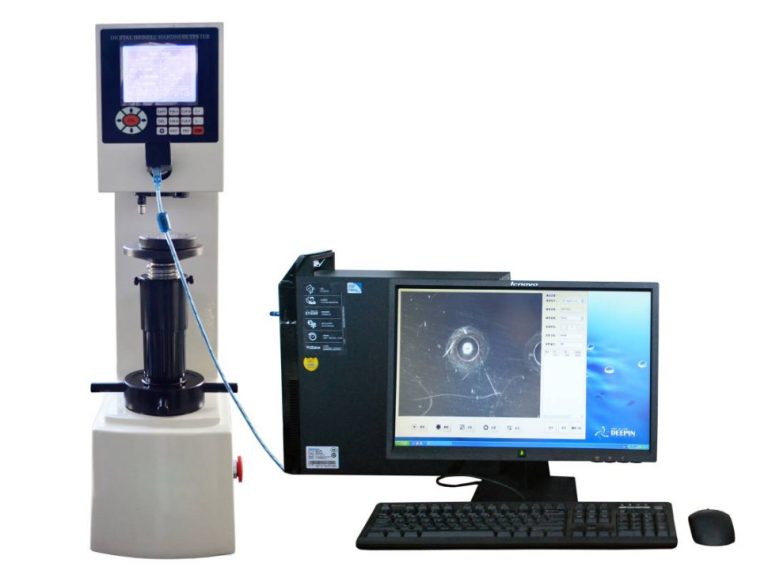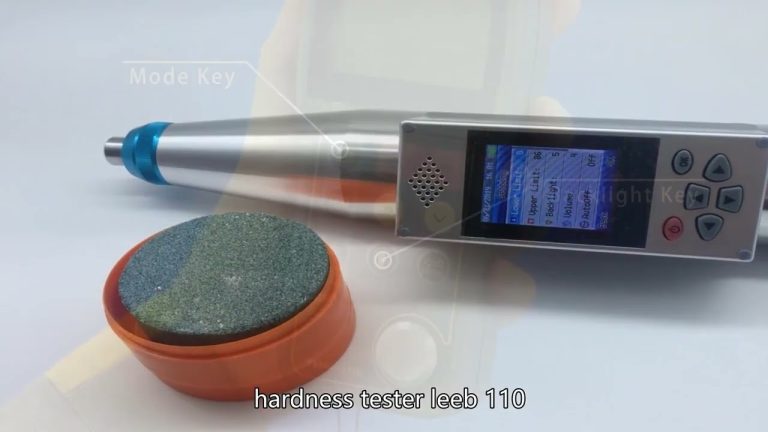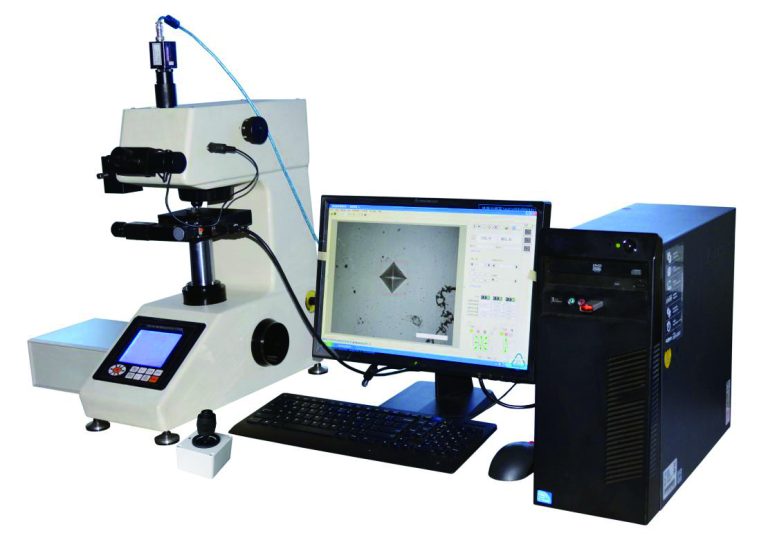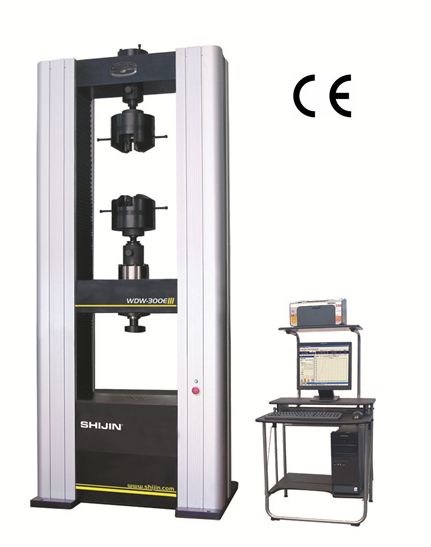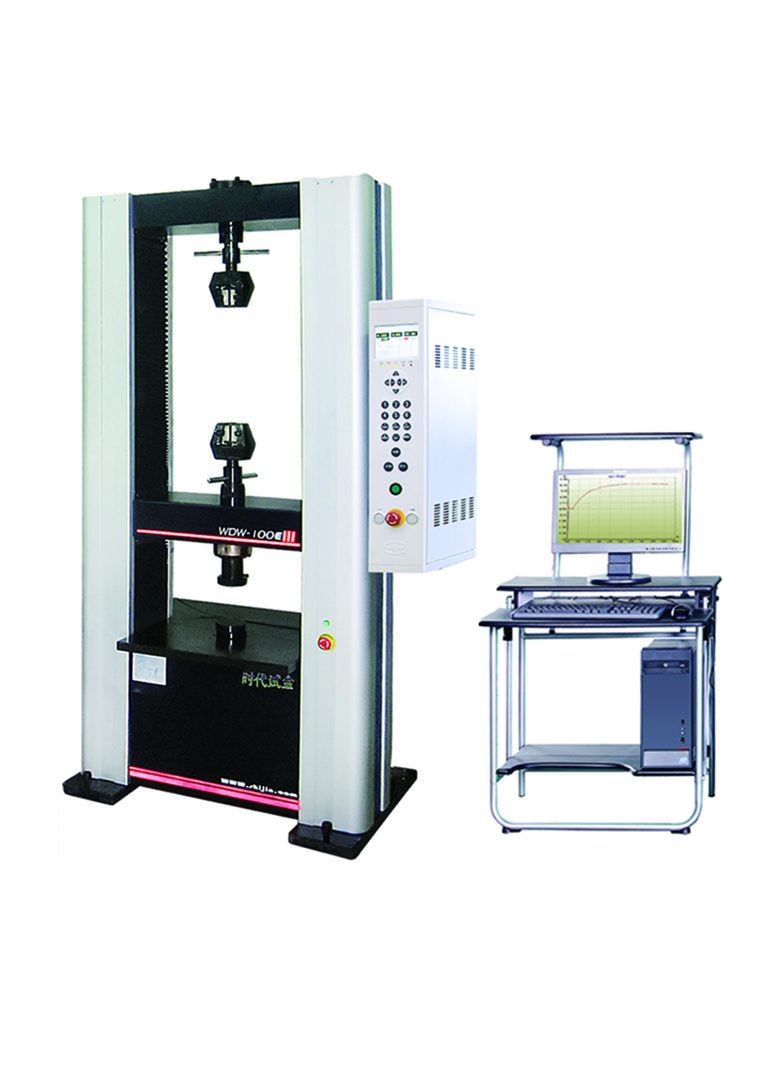The cutting method of metallographic samples is a very important part of the metallographic preparation process and is the basis for further sample preparation.
No matter which cutting method is chosen, the internal structure of the sample must not be deformed, otherwise it will cause significant deviations in the experimental results.
Therefore, there are several points that need to be paid attention to when choosing the cutting process: to prevent the metal material from deforming and changing the metallographic structure during cutting; to prevent the metal material from changing the metallographic structure due to heating.

In addition to the above two points, the choice of cutting method also needs to consider the hardness of the material.
Plasma arc cutting:
A processing method that uses the heat of a high-temperature plasma arc to locally melt (and evaporate) the metal at the incision of the workpiece, and uses the momentum of the high-speed plasma to remove the molten metal to form the incision. The depth of its deformation layer is approximately 1500mm.
Laser beam cutting:
The energy released when the laser beam is irradiated onto the surface of the workpiece melts and evaporates the workpiece to achieve cutting purposes. The depth of its deformation layer is approximately 500mm.
Wire EDM:
Using a continuously moving thin metal wire (called an electrode wire) as an electrode, the workpiece is subjected to pulse spark discharge to remove metal and cut into shape. The depth of its deformation layer is approximately 50mm.
Wet wheel cutting:
Cutting with high-speed rotating grinding wheel. Including wet grinding wheel cutting and precision wet grinding wheel cutting. The depth of the deformation layer cut by the wet grinding wheel is about 15mm, while the cutting depth by the precision wet grinding wheel can be as low as 5mm.
saw:
Materials that are not very hard can be cut with a saw. The depth of its deformation layer is approximately 200mm.
Hammering:
For hard and brittle samples, you can crush them by hammering, select appropriate fragments, and then mount them.
Generally speaking, for materials with lower hardness, you can use sawing, turning, planing and other processing methods; for materials with higher hardness, you can use grinding wheel slicer cutting or EDM cutting.
Among them, wet grinding wheel cutting is the best way to cut metallographic samples. Because high-pressure cooling water is added during the cutting process, it can prevent damage caused by overheating of the surface. However, methods such as wire EDM, sawing or laser cutting will lead to poor material cutting quality.

